A Native American Civil War hero returns home to fight for his people.
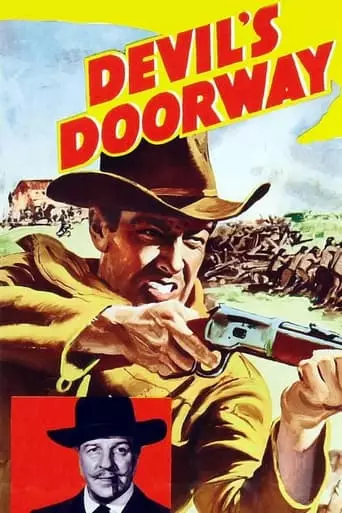
A Native American Civil War hero returns home to fight for his people.
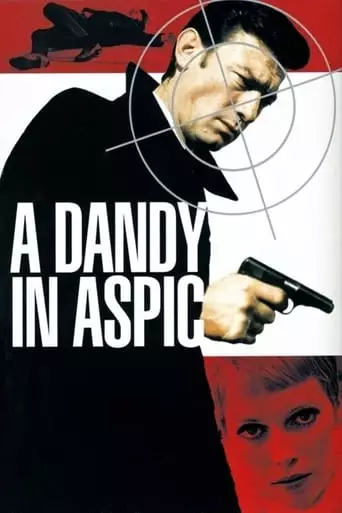
Double-agent Alexander Eberlin is assigned by the British to hunt out a Russian spy, known to them as Krasnevin. Only Eberlin knows that Krasnevin is none other than himself! Accompanying […]
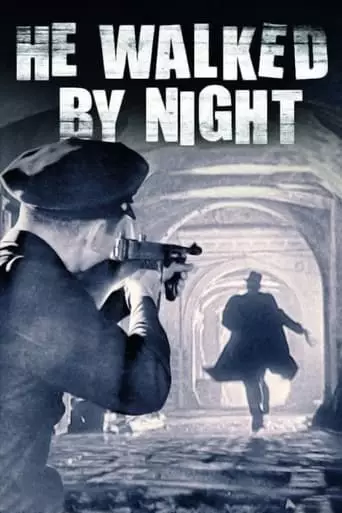
This film-noir piece, told in semi-documentary style, follows police on the hunt for a resourceful criminal who shoots and kills a cop.
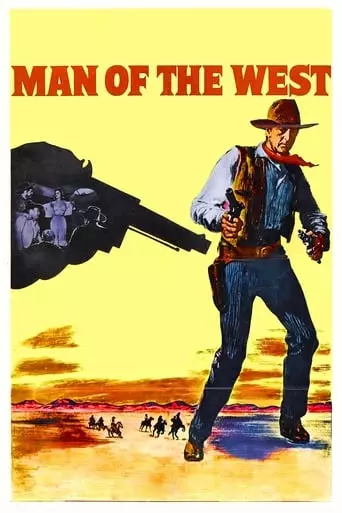
Heading east to Fort Worth to hire a schoolteacher for his frontier town home, Link Jones is stranded with singer Billie Ellis and gambler Sam Beasley when their train is […]
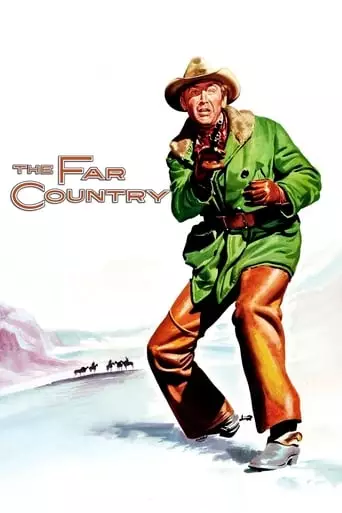
In 1896, Jeff Webster sees the start of the Klondike gold rush as a golden opportunity to make a fortune in beef…and woe betide anyone standing in his way! He […]
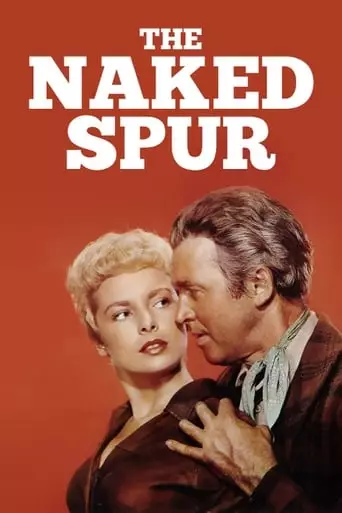
A bounty hunter trying to bring a murderer to justice is forced to accept the help of two less-than-trustworthy strangers. The Naked Spur (1953), directed by Anthony Mann, is a […]
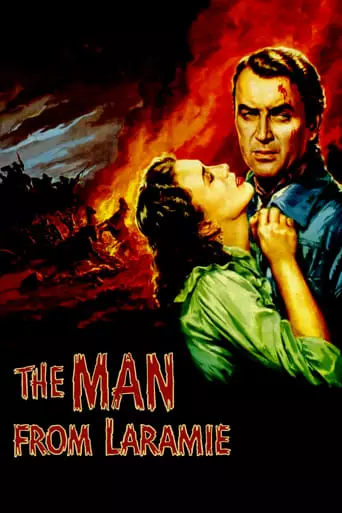
Will Lockhart arrives in Coronado, an isolated town in New Mexico, in search of someone who sells rifles to the Apache tribe, finding himself unwillingly drawn into the convoluted life […]
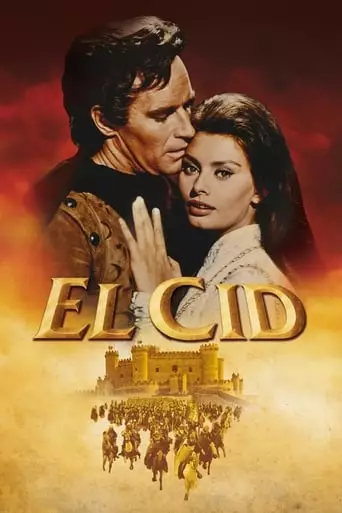
Epic film of the legendary Spanish hero, Rodrigo Diaz (“El Cid” to his followers), who, without compromising his strict sense of honour, still succeeds in taking the initiative and driving […]
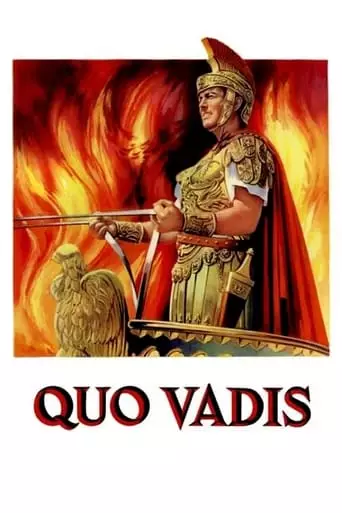
After fierce Roman commander Marcus Vinicius becomes infatuated with beautiful Christian hostage Lygia, he begins to question the tyrannical leadership of the despotic emperor Nero.
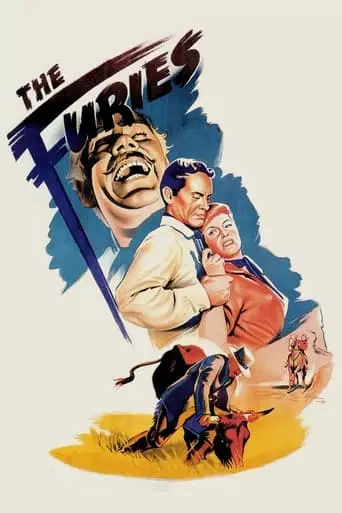
A New Mexico cattle man and his strong-willed daughter clash over land and love. The Furies (1950), directed by Anthony Mann, is a powerful Western film that delves into complex […]
Anthony Mann (1906–1967) was one of Hollywood’s most versatile and influential directors, known for his ability to combine psychological depth with striking visual storytelling. Best remembered for his iconic contributions to the Western genre and his early work in film noir, Mann’s career reflected a deep understanding of character-driven narratives and a flair for using the cinematic landscape as an integral part of his stories. With classics like Winchester ’73 (1950), The Naked Spur (1953), and El Cid (1961), Mann cemented his reputation as a master craftsman who elevated genre filmmaking into high art.
Early Life and Career
Anthony Mann was born Emil Anton Bundsmann on June 30, 1906, in San Diego, California. After his father’s death, Mann and his mother moved to New York City, where he developed an early interest in theater. He worked as an actor and stage director in the 1920s and 1930s before transitioning to Hollywood in the early 1940s.
Mann began his film career as a casting director and assistant, eventually moving into low-budget B-movies. His early work included films like Dr. Broadway (1942) and The Great Flamarion (1945), which showcased his growing talent for storytelling and visual style.
Film Noir: Shadow and Psychology
Mann first gained recognition with his contributions to the film noir genre, directing dark, morally complex stories that explored the shadowy corners of the human psyche. Collaborating with cinematographer John Alton, Mann created visually striking films marked by sharp contrasts of light and shadow, emphasizing the emotional turmoil of his characters.
Notable Film Noirs:
Raw Deal (1948): A gritty tale of betrayal and revenge, this film showcased Mann’s talent for combining tension with emotionally charged performances.
T-Men (1947): A semi-documentary-style noir about undercover agents, praised for its atmospheric visuals and relentless pacing.
Border Incident (1949): A harrowing look at the exploitation of Mexican migrant workers, blending social commentary with noir aesthetics.
These films established Mann as a director who could craft visually stunning yet emotionally resonant stories.
The Reinvention of the Western
Anthony Mann transitioned to Westerns in the early 1950s, where he redefined the genre by infusing it with psychological complexity and moral ambiguity. His Westerns often featured flawed protagonists grappling with inner demons and external conflicts, set against harsh and unforgiving landscapes.
Collaborations with James Stewart
Mann’s partnership with actor James Stewart was particularly fruitful, resulting in a series of Westerns that remain classics of the genre. These films reinvented Stewart’s image, portraying him as a rugged, often tormented figure, far removed from his earlier roles as an all-American everyman.
Winchester ’73 (1950): A revenge-driven tale revolving around a prized rifle, this film marked the beginning of Mann’s innovative approach to Westerns.
Bend of the River (1952): A story of redemption and betrayal set against the Oregon Trail, blending action with character-driven drama.
The Naked Spur (1953): A tightly plotted Western about greed and trust, lauded for its intense character dynamics and stunning use of the Rocky Mountains.
The Man from Laramie (1955): A Shakespearean Western exploring themes of vengeance and power, with some of the most breathtaking visuals in the genre.
Historical Epics
In the latter part of his career, Mann directed grand historical epics that showcased his ability to handle large-scale productions without sacrificing character depth.
El Cid (1961): Starring Charlton Heston and Sophia Loren, this sweeping tale of the legendary Spanish hero combined epic battle sequences with an intimate exploration of honor and duty.
The Fall of the Roman Empire (1964): A visually stunning film that delves into the decline of Rome, featuring a star-studded cast and intricate political drama. Though not a commercial success at the time, it has since gained recognition for its ambition and influence on later epics.
Hallmarks of Anthony Mann’s Style
Visual Storytelling
Mann used landscapes as extensions of his characters’ emotional states. The vast, unforgiving wilderness in his Westerns mirrored the internal struggles of his protagonists, creating a powerful synergy between character and setting.
Psychological Depth
Whether in noir, Westerns, or epics, Mann’s films delved into the complexities of human motivation, often presenting morally ambiguous characters.
Action and Intensity
Mann’s skillful direction of action sequences, combined with his ability to maintain narrative tension, made his films both thrilling and thought-provoking.
Collaborations with Cinematographers
Working with talents like John Alton and later William Daniels, Mann’s films are renowned for their striking compositions and dramatic use of light and shadow.
Legacy
Anthony Mann’s influence on cinema is profound. His reimagining of the Western genre laid the groundwork for directors like Sam Peckinpah and Clint Eastwood, who would further explore the psychological and moral dimensions of the genre. His film noirs remain landmarks of the style, blending visual innovation with emotionally resonant storytelling.
Mann’s ability to move seamlessly between intimate dramas and large-scale epics demonstrated his versatility and artistry. Despite his untimely death in 1967 at the age of 60, his body of work continues to be celebrated by critics, filmmakers, and audiences alike.
Conclusion
Anthony Mann was a director who brought intelligence, visual artistry, and emotional complexity to every project he undertook. Whether crafting gripping noirs, redefining the Western, or orchestrating epic tales of heroism and history, Mann’s films remain a testament to his mastery of cinematic storytelling. His legacy endures as a filmmaker who elevated genre cinema to profound artistic heights.